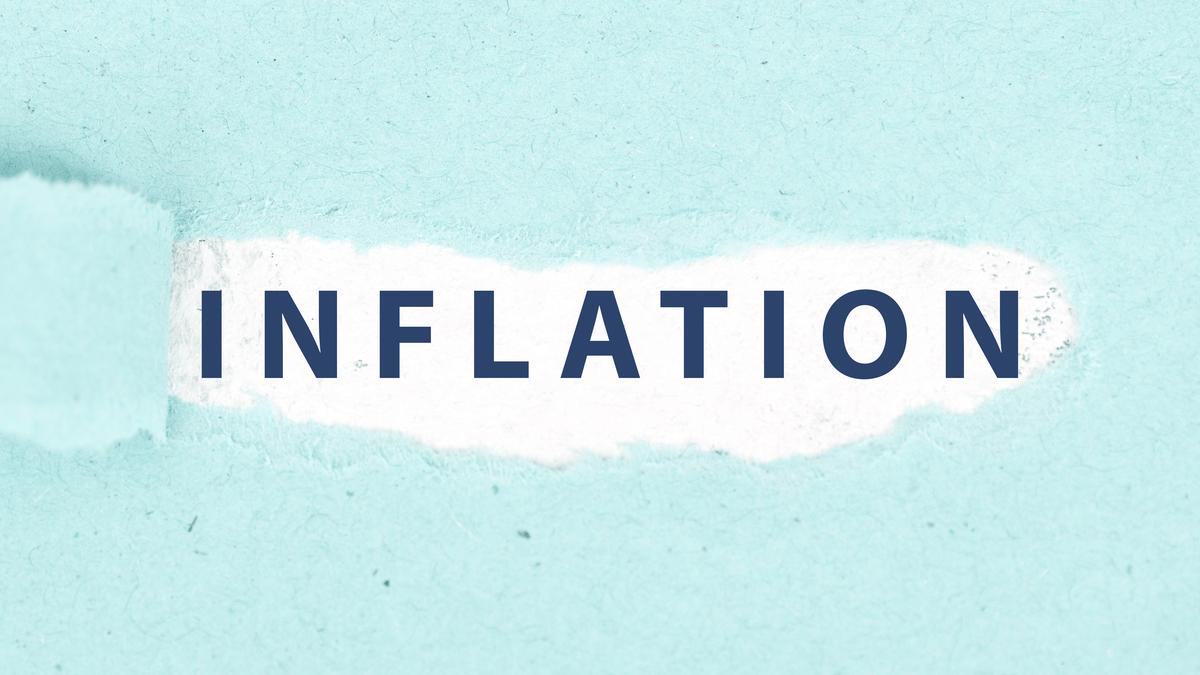The present Flexible Inflation Targeting (FIT) framework in India as a mandate for monetary policy to manage inflation at 4% (+/-) 2% is ending in March 2026 and is under review. In this regard the Reserve Bank of India (RBI) has brought out a well-researched discussion paper, and has several questions for which views have been sought. Here, this article addresses three questions: headline versus core (excluding food), acceptable level of inflation, and inflation band.
Controlling inflation
Before responding to these questions, it is pertinent to highlight that inflation control by itself is an important objective of monetary policy. High inflation, above a tolerable level, is a regressive consumption tax that affects poorer households more disproportionately than the rich and households whose incomes are hedged. Indeed, high and volatile inflation hurts savings and misdirects investments. The issue of acceptable level of inflation came up first before the Chakravarty Committee which was of the opinion that “…the acceptable rise in prices is 4 per cent (reflecting changes in relative prices necessary to attract resources to growth sectors)….” The reasoning given is somewhat opaque.
The RBI has been focusing on inflation management all along, and more explicitly since the dismantling of automatic monetisation in 1994 that gave functional autonomy to the RBI in conducting monetary policy. In 2016, India adopted the FIT framework that also gave, in a broad sense, institutional autonomy. Since 2016, India’s inflation is range-bound, by and large, despite facing multiple shocks. This is an achievement for a framework that is still evolving.
What to target
An issue that keeps recurring is the issue of what to target — headline or core inflation. If the overall objective of inflation control is to promote savings and investments and to protect the poor from shocks, then headline inflation should be the appropriate target. The assumption that ‘food inflation’ is only the result of supply shocks is not necessarily true. As some episodes in the past have shown, ‘food inflation’ in an environment of expansionary monetary policy will be much higher than in an environment of contractionary monetary policy.
There is also a mistaken conclusion that the behaviour of individual prices adds up to the increase in general price level (and, hence, inflation). As Milton Friedman famously said to an Indian audience in Mumbai in 1963, “If the Government is committed to a full employment policy, it may in response thereto expand the money supply by printing more money for Government expenditures or for other purposes. In that case, it is true that the upward push in wages produced inflation, not because it was necessarily inflationary but because it happened to be the mechanism which forced an increase in the stock of money.”
Without an expansion in overall liquidity or money supply, the general price level cannot rise. The present debate in India between headline versus core inflation appears to miss the distinction between changes in relative prices and general price level. When there is no change in aggregate demand, food inflation results only in changes in relative prices. The general price level is not affected. However, Indian data show second round impacts of food inflation on core inflation through upward pressure on wages and other channels. This could lead to a change in the general price level, if the aggregate demand is allowed to expand, as Friedman warned. In such a situation, the scope of monetary policy must include ‘food inflation’.
Acceptable level of inflation
Some studies, using Phillips Curve, have argued that there is a trade-off between growth and inflation. Empirically, the Phillips Curve argument did not stand the test of time. As Friedman and others argued, there is only a short-run trade-off, at best, and in the long run, with the expectations built-in, there will be no trade-off.
However, even in the short-run, low levels of inflation may even facilitate growth. But beyond a level, high inflation does hurt growth and this is how the concept of threshold inflation emerged. This may be noted in the graph where annual data for both inflation and growth since the 1991 period (excluding the COVID-19 year) is presented. A simple quadratic line between the two variables gives a non-linear relationship. The point of inflection is estimated at 3.98, suggesting that acceptable inflation for India could be about 4%.
Ideally, as the monetary policy is largely forward looking and the present review of FIT is to suggest the framework for the next five years, up to 2030-31, deriving acceptable rates of inflation consistent with growth prospects and macro conditions is worth undertaking. A preliminary simulation exercise in this direction does suggest inflation of below 4% as the acceptable rate. While this needs some robustness checks, especially about what the fiscal and external pressures could be in the next five years, this suggests that there is a very limited case for arguing for a higher inflation target above 4%.
On inflation band
The present limit of +/-2% has delivered enough flexibility for the monetary authorities to navigate. But what is not prescribed is how long the central bank can stay closer to the upper limit. In fact, staying close to the upper limit will defeat the spirit of the framework. The graph also suggests that beyond 6% inflation, the growth rate declines sharply.
It also depends on how we navigate the fiscal policy going forward. If we look back at the history of inflation in India, a major cause of high inflation in the 1970s and 1980s is the monetisation of fiscal deficit. That is why one major element in the reform process in the early 1990s was to abolish the system of issuing ad hoc treasury bills, which had the effect of an automatic monetisation of deficit. This was followed up later by the Fiscal Responsibility and Budget Management (FRBM) Act. A natural follower of this is FIT. FRBM provisions and FIT must go together. Slipping on any one of the two frameworks will have consequences on the other, thus, risking overall macroeconomic stability.
C. Rangarajan is Chairman, Madras School of Economics, Chennai. N.R. Bhanumurthy is Director, Madras School of Economics, Chennai. The views expressed are personal
Published – November 15, 2025 12:16 am IST




